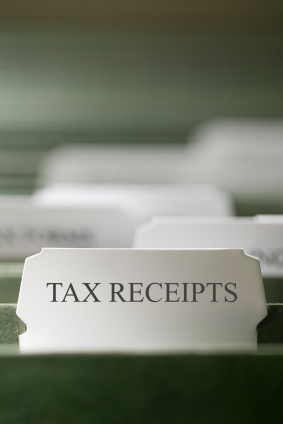Substantiating business expenses is a common problem for many businesses going through an audit with either the Internal Revenue Service (IRS) or the Minnesota Department of Revenue (MDR). In a previous blog article, we addressed the first step of a four step process in an IRS or MDR substantiation audit: proving the payment of expenses. This article will focus on the second step: proving a “trade or business” incurred the expense.
Section 162 of the Internal Revenue Code allows business taxpayers to deduct “ordinary” and “necessary” business expenses from gross income. In general, these expenses must be:
- Paid or incurred during the taxable year;
- For carrying on any trade or business;
- Necessary; and,
- Ordinary. INDOPCO, Inc. v. Comm’r, 503 U.S. 79, 112 S. Ct. 1039 (1992).
The United States Supreme Court held that to be a “trade or business” for the purposes of deducting business expenses under Internal Revenue Code Section 162:
- The taxpayer must be involved in the activity with continuity and regularity, and,
- The taxpayer’s primary purpose for engaging in the activity must be for income or profit. Comm’r v. Groetzinger, 480 U.S. 23, 35 (1987).
The “Continuity and Regularity” Test. The courts have not given taxpayers and practitioners a clear definition of when a taxpayer is “involved in an activity with continuity and regularity.” The courts say the issue is factual and depends upon the evidence in each case. Different courts emphasize different factors. These factors can include:
- The amount of time the taxpayer devotes to the activity;
- The effort the taxpayer spends promoting the activity;
- The number of transactions involved in the activity; and,
- The amount of gross income the activity generates.
There is no clear, objective, or quantifiable measurement for “involvement in the activity with continuity and regularity.” Relying solely on a taxpayer’s oral testimony or statements to prove the taxpayer’s involvement in the activity is dangerous. Practitioners should submit all of the information and statements from third parties they can find to prove that the taxpayer had significant involvement in the activity.
The “Profit Motive” Test. The profit motive objection is the most common IRS and MDR objection. Please review the Profit Motive section of our blog for more information.
Providing the documents to prove that the taxpayer incurred expenses is the first step in a substantiation audit. The second step is proving a “trade or business” incurred the business expenses. The taxpayer must also prove the expenses are “ordinary” and the expenses are “necessary.” Please watch for further articles in this blog explaining these additional requirements.

